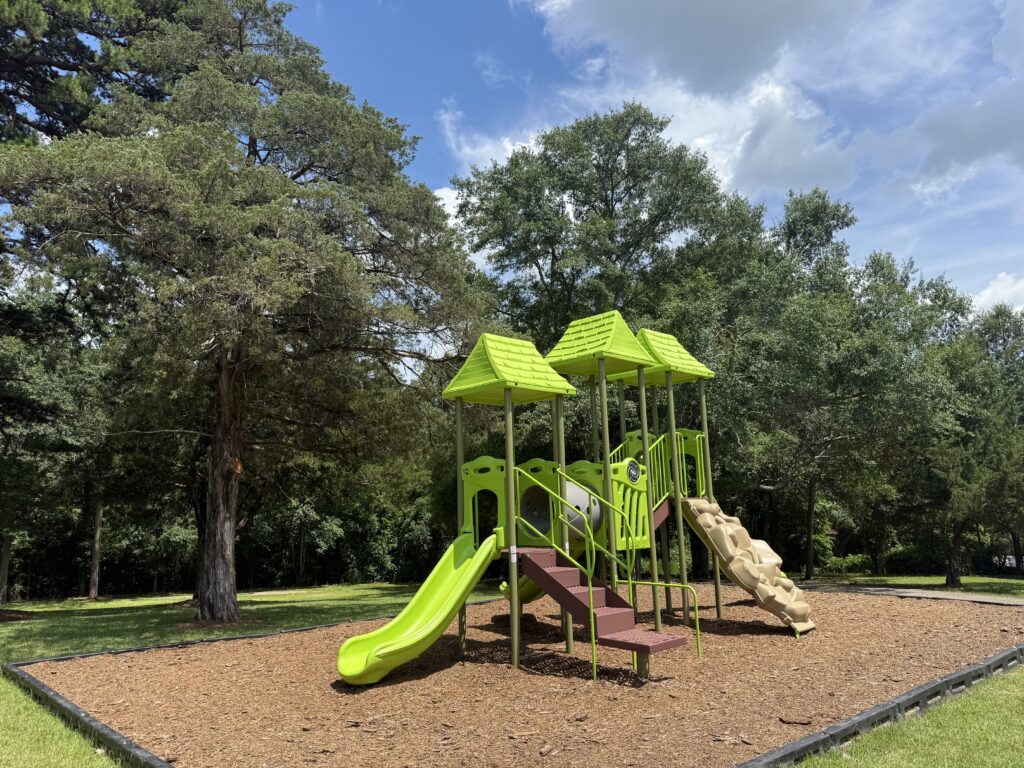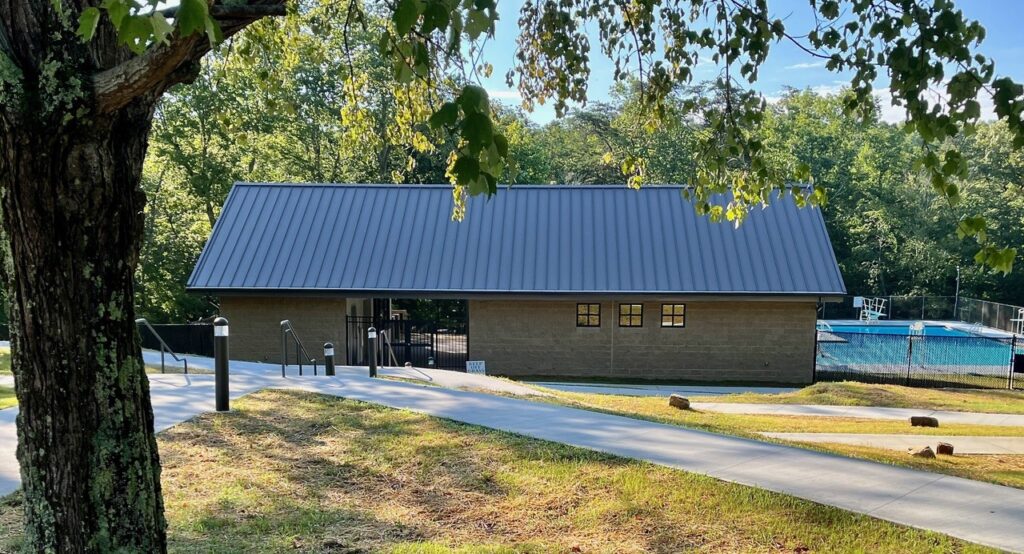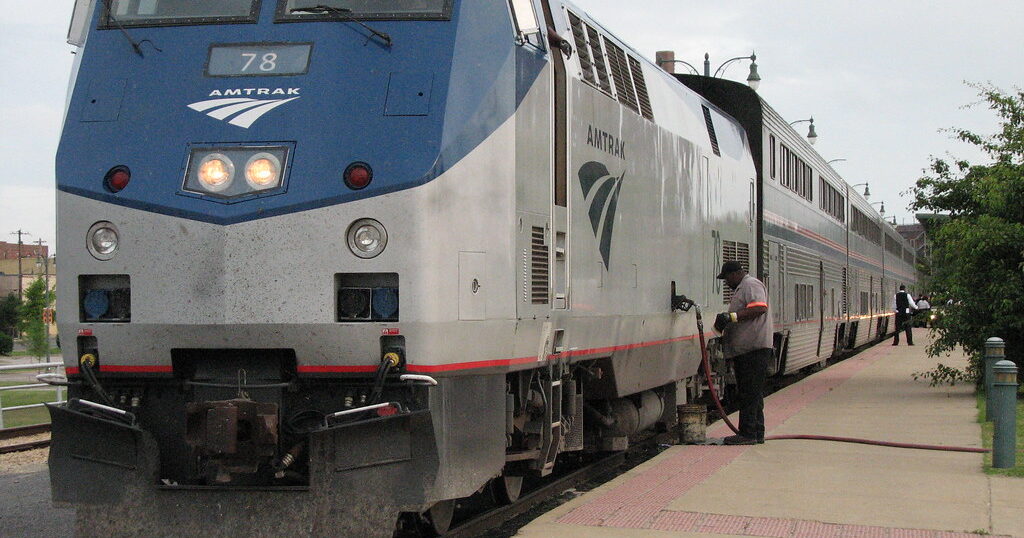Reviewed by: Nathan Watson
The Cahaba River could be set free
Reading time: 4 minutes

Mitch Reid, the Director of The Nature Conservancy in Alabama (TNC), calls the U.S. Corps of Engineers plans to re-connect the Cahaba and Alabama rivers, the most ecologically significant restoration project ever undertaken in North America.
Fish Passage

Since 2021, the Corps and TNC have looked at ways to establish a fish passage at Claiborne and Millers Ferry Locks and Dams, which will reconnect over 230 miles of the Alabama and Cahaba Rivers to the Mobile River Delta into the Gulf of Mexico.
If they can make that happen, multiple species of fish, crawfish, mussels, turtles and other kinds of animals will return to rivers and streams throughout Alabama.
“This project will reconnect one of the most biodiverse river systems in the world,” added Reid.
A Plan in the Works
Later this month, The Corps and TNC are holding three public meetings inviting input about the recently released “Alabama Fish Passage Study” —a feasibility plan to reconnect the rivers.
Here is a link to the study and the time and place for the meetings.
- May 16 – 5PM-8PM at the Birmingham Botanical Gardens in Birmingham
- May 17 – 5PM-8PM at the Wilcox Female Institute in Camden
- May 18 – 5PM-8PM at the Shops at 66 in Monroeville
Why Reconnecting the Rivers Matter

According to Reid, the Cahaba River is one of the most biodiverse watersheds in North America.
South of Birmingham the river flows virtually uninterrupted. However, when the Cahaba joins into the Alabama River it encounters the Clairborne and Millers Ferry dams before reaching the Gulf of Mexico. These two Corps of Engineers dams don’t allow the migration of fish up and down the river from the ocean.
That’s a problem.
For decades, these impoundments have devastated numerous populations of fish and other water critters, including mussels.
The two dams block host fish—which has been catastrophic for the reproduction of mussels.
“Most of our freshwater mussels in Alabama rely on a host fish for a significant part of their lifecycle,” explained Reid. “Mussels are important to us because they filter and clean the water generally making rivers better places to be in and swim. But without a host fish they can’t reproduce. The mussels actually attach to the gills of a host fish as a parasite for the first part of their life.
That does a couple of things. It allows them to grow and also hitch a ride from wherever the parent is upstream to some other place and repopulate the river system.”
And that’s just one example.
Large sturgeon and various sports fish that once lived in the salt water of the Gulf of Mexico and swam up the Cahaba river to spawn are now rare, or possibly extinct, because their migration has been blocked.
Sturgeon, shad and striped bass swim upstream from the ocean to rivers to reproduce, while eels move downstream from rivers to the ocean to spawn. This connection between ocean to rivers is critical for the health of our rivers and the critters that live there.
A 2016 Southern Exposure documentary explains in greater detail the impact dams have had on Alabama’s rivers.
The Plan

The feasibility study is a crucial first step.
TNC’s preferred solution is to build essentially a canal at each dam to allow the fish to bypass in a natural manner.
“Imagine if you built Shades Creek in Homewood right beside one of the dams. That’s kind of what this will look like. It’ll be a natural feature that the fish will be able to navigate up and over and then they’ll be able to continue on their way.”
That solution has been done in other places in the U.S.
Reid encourages the public to come out and be a part of the solution.
“It’s an opportunity to consider whether the work is right or wrong. I’m sure there’s going to be a lot of opinions about this project and there should be. We have put a lot of hours into trying to get this as right as rain for both ecological benefits and for the community.”
Public Comments Open
If you can’t make it to the public meetings, the Corps is accepting public comments until May 31th.
Here are ways you can submit comments:
- By e-mail to: AlabamaFishPassage@usace.army.mil
- By letter to: Commander, USACE Mobile District Attn: PD-EI (Alabama Fish Passage) P.O. Box 2288, Mobile, AL 36628
What are your opinions about efforts to reconnect the Alabama and Cahaba rivers? Tell us on social media by tagging us at @thebamabuzz

 36304 views
36304 views





